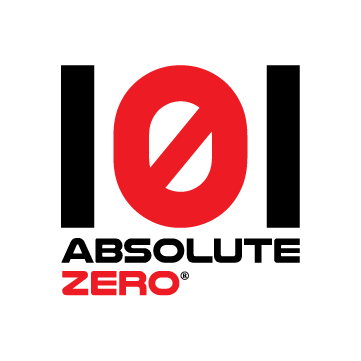My 3 Favorite Math Review Activities
It is important to give students multiple opportunities to practice a math standard, skill, lesson, or unit before the BIG exam or moving on. There are numerous apps, websites, and worksheets available to assist in this task.
But, I want to avoid math worksheets whenever possible and give my students a break from technology. That is why I am passionate about creating games or activities that offer fun ways to practice and review math concepts.
Here are three of my favorites.
Matching Game
Quick and easy to make. Use year after year.
In a word document, I create a table. One column is the question the other column is the answer. This can be used for math vocabulary with either matching pictures and descriptions (great for graphs or geometry) or problems and solutions. Keeping the table the same size, I create the back of the matching cards. I use letters of the alphabet so that once my students match the cards, they can flip them over to check for accuracy. Here is my latest matching game - reviewing place value - for you to download and use.
If you don’t want to have a self-checking matching game, skip the letters on the back and play concentration!
Scavenger Hunt
Although this may sound like a lot of work or preplanning, after creating your first scavenger hunt it gets easier. I laminate the final product to use year after year.
Step 1
To get started, get out as many sheets of paper and note cards as you have questions. The note cards are for the planning - the paper for the final product.
Write the question on the bottom with the correct answer on the top. Cut the paper in half, separating the problem from the answer.
Step 2
Shift the answer one to the right with the last answer moving to the first problem.
Step 3
Now keeping these new tops & bottoms together, you should mix up the order of the cards. Then add letters to the answers (see example).
Step 4
Create an answer key. Double-check that all questions have a correct answer and you end up where you started, after visiting all the problems. No matter where a student starts, the order of letters will remain the same, allowing you to check for accuracy. The example to the right is if the student starts on the first card (with a letter A) but if a student started on the 3rd card with a letter C the order of their letters would be D, B, A, C, E.
I write these on full sheets of colorful paper posted around the room. Laminating is nice so they will last many years.
Students can start on any paper - solving the problem at the bottom and looking around the room for the corresponding answer - writing down the letter next to the corresponding answer and then solving the problem on the bottom of that paper.
My Bad
I can usually only pull this off once a year - but it is a big hit!
Very engaging.
I tell my students “I was preparing the answer key for tomorrow’s test and My husband (or another teacher on campus) told me I had several answers wrong. I need your help. I can’t figure out which ones are correct and which ones I have made a mistake on.”
The kids get all excited thinking they are getting to see the test in advance. I let them work with a partner to determine which questions are correct and if they are incorrect - what should the correct answer be?
What are some of your favorite review activities?
Get the latest blog post and subscriber-only discounts delivered right to your in box.










